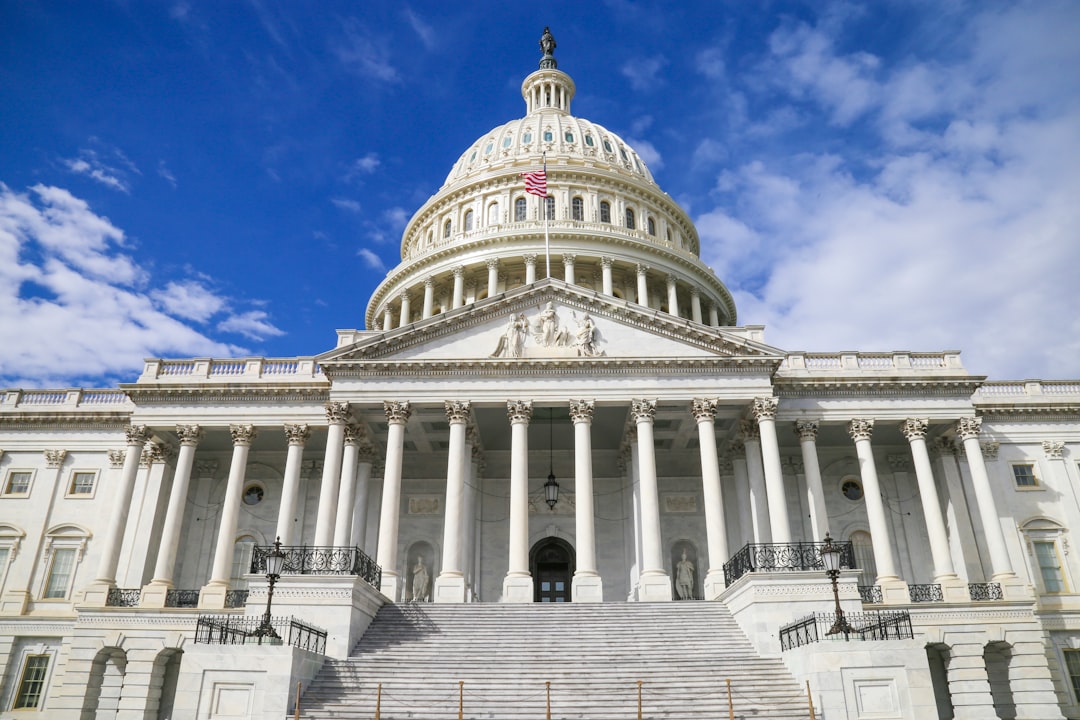While it’s easy to find yourself riding a bummer from all the news lately, what with the Arizona abortion ruling and one party’s ongoing attempts to undermine democracy, we’d just like to call y’all in from the ledge now and then to remind you that there are also lots of pretty decent people who believe governing is about making people’s lives better, too — which is, after all, what politics ought to be about.
So let’s all have a breather from the gloom and celebrate the fact that, with tax season upon us, 14 states — it should be all, but 14 is a start! — are taking a page from the 2021 American Rescue Plan and have put in place their own versions of an expanded child tax credit, aimed at reducing child poverty. States lack the tax base to replicate the 2021 credit’s wide-scale poverty reductions, which largely disappeared when the temporary credit ended. But the simple fact remains: When parents have more money to spend on their kids, kids benefit tremendously because they’re better fed, better able to learn in school, and less affected by the constant uncertainties of poverty. Hard to thrive if you’re bouncing from shelter to your parent’s friends’ couches to a grandparent’s spare room.
So here’s a nice-time New Republic look at three of the states that have the nation’s newest expanded tax credits: Minnesota, Oregon, and, a bit of a surprise, Utah (it’s a crazy red state in so many ways, but also a place where “the general welfare” part of the Preamble still gets some love.)
The most generous of the three (or of any state) is in Minnesota, where Gov. Tim Walz is all in on fighting child poverty.
“I’ve told my team, ‘This might be the single biggest impact of anything we did while governor,’” said Minnesota Governor Tim Walz about his state’s child tax credit, which he said could reduce child poverty in the state by 33 percent. “I don’t even know if we can categorize all of the positive impacts that it will make down the road.”
The Minnesota credit allows up to $1,750 per child aged up to 18, for households making $29,500 for one parent or up to $35,000 for joint filers; beyond that, families can still get a partial credit that phases out with more income. Walz says that since the credit was passed last year, it’s been claimed for about 360,000 Minnesota kids, with an average benefit of $2,071 per family. That’s a lot of shoes and school supplies and after-school sandwiches, or other things kids need.
Also, like the 2021 federal expansion, most of the state child tax credits are “fully refundable,” meaning that parents can get the full credit even if they don’t earn enough to pay taxes.
Oregon’s credit is a bit more limited: It’s available only to families with children under six years of age, and pays up to $1,000 per child. Its income limits are stricter, too: The full benefit is only available to folks making $25,000 or less, and then phases out sharply at $30,000. That’s actually below the minimum wage for workers in Portland, which is a bit over $30K. (Oregon’s minimum wage varies by location, from a 2023 low of $13.20 in non-urban areas to $15.45 in the Portland metro area; it’s also adjusted annually based on inflation.)
Even with the lower benefit,
The Oregon Center for Public Policy, an advocacy group that supports the credit, estimates that around 55,000 children in the state are eligible and that 5,000 could be lifted out of poverty. According to a spokesperson for the Oregon Department of Revenue, the state has 27,000 tax returns claiming the credit and has paid out more than $30 million in credits thus far.
The OCPP also has been working with the state on outreach, through radio ads and other efforts, to let poor families know that in order to get the tax credit, they do need to file a tax return, even if they don’t make enough income to be taxed. Tyler Mac Innis, a policy analyst with OCPP, told the New Republic, “We have a whole bunch of work ahead of us to make sure that families are able to fully access credits like the Oregon kids credit.” He said that ideally, the state ought to set up an online portal so people can apply for the credit, like the feds did for low-income families in 2021.
For now, the state programs lack a feature of the 2021 federal credit, which people could choose to take as a lump sum at tax time or broken down into monthly payments that would help out more regularly. But federal tax law currently prevents states from paying the credit out in anything but an annual lump sum; if they were distributed on a quarterly or monthly payment, that could be counted by the feds as income that would count against recipients’ other benefits. (The article says any change would require “federal action,” but doesn’t specify whether that means Congress would have to change the tax law, or if the Treasury Department could do it through a new rule — definitely the more doable approach.)
And then there’s Utah, which is the stingiest of the three new state credits, but still better than most red states (to set the lowest bar possible) and heck, better than a lot of blue states too:
Utah’s newly implemented credit is not fully refundable, meaning that it is not available to parents whose income tax burden is zero. The law went into effect this year, meaning that Utahns will not be able to claim it until next spring. The credit of up to $1,000 was initially written to only be accessible for children ages 1 through 3, although the state legislature recently passed a measure to include children aged 4, beginning with the 2024 tax year. According to the organization Voices for Utah’s Children, no family will receive the full $1,000 credit.
Yeah, we looked at the link, which doesn’t really explain why not. But again, it’s something at least, while other red states seem intent on helping low-income families by bringing back child labor.
At the federal level, there’s still that modest expansion of the child tax credit that passed the House in February. It remains stalled in the Senate, mostly because Idaho Republican Mike Crapo is a big asshole, and while negotiations continue, it’s not looking great.
Might be neat to reelect Joe Biden in November and give him Manchin-free majorities in the House and Senate too, wouldn’t it? Kids really could use the help. Why, if we took a big, permanent bite out of child poverty, the long-term benefits for this country would be … oh, there we go again, thinking like a Democrat.
PREVIOUSLY!
[New Republic / ITEP / Deseret News]
Yr Wonkette is funded entirely by reader donations. If you can, please subscribe, or if a one-time donation is better for you, it’s better for us too!























































![Social Media Spring Cleaning [Infographic] Social Media Spring Cleaning [Infographic]](https://imgproxy.divecdn.com/9e7sW3TubFHM00yvXe5zvvbhAVriJiGqS8xmVFLPC6s/g:ce/rs:fit:770:435/Z3M6Ly9kaXZlc2l0ZS1zdG9yYWdlL2RpdmVpbWFnZS9zb2NpYWxfc3ByaW5nX2NsZWFuaW5nMi5wbmc=.webp)
![5 Ways to Improve Your LinkedIn Marketing Efforts in 2025 [Infographic] 5 Ways to Improve Your LinkedIn Marketing Efforts in 2025 [Infographic]](https://imgproxy.divecdn.com/Hv-m77iIkXSAtB3IEwA3XAuouMwkZApIeDGDnLy5Yhs/g:ce/rs:fit:770:435/Z3M6Ly9kaXZlc2l0ZS1zdG9yYWdlL2RpdmVpbWFnZS9saW5rZWRpbl9zdHJhdGVneV9pbmZvMi5wbmc=.webp)

















